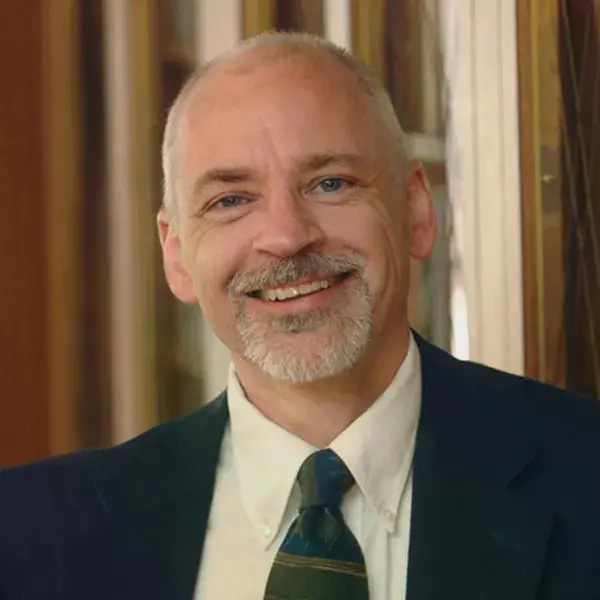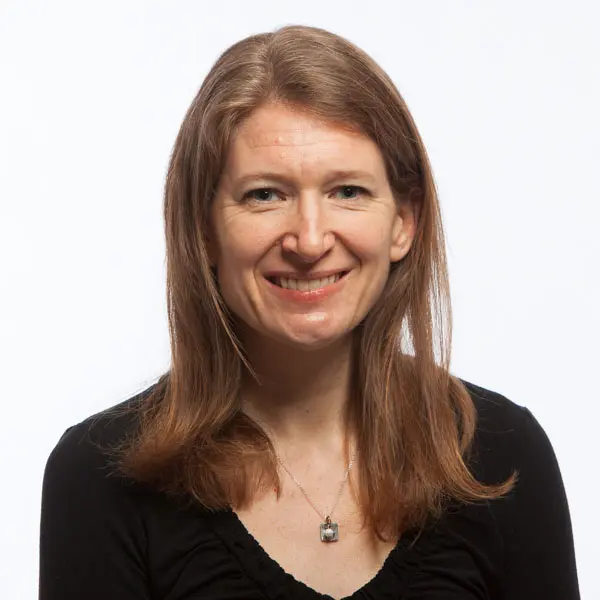Course Description
A course offering basic ideas and supporting facts about contemporary world geography. Students study twelve world regions: North America, Middle America, South America, Europe, Central Asia, North Africa / Southwest Asia, Sub-Saharan Africa, South Asia, East Asia, Southeast Asia, Austral, and Pacific.
Coming Summer 2025
Learning Results
Upon successful completion of this course, the student will be able to:
- Examine the major regions of the world, including their similarities and differences.
- Understand how humans use and are limited by their location and geography.
- Use geography to answer real world questions.
Textbooks
All required reading is available for purchase on Brightspace through WileyPLUS.
Learning Documentation
The course consists of 11 modules (each includes a quiz, map analysis, map labeling, map drawing, and an investigation), a Feature Presentation forum post, a Midterm project, and a Final project.
Learning Evaluation
Assignment Weights for Grading:
- Quizzes: 7.5%
- Map Analysis: 7.5%
- Map Labeling: 10%
- Map Drawing: 5%
- Investigations: 25%
- Feature Presentations: 10%
- Midterm Project: 15%
- Final Project: 20%
Faculty
Elizabeth George
- PhD, Stony Brook University
- MA, Stony Brook University
- BA, Houghton College





